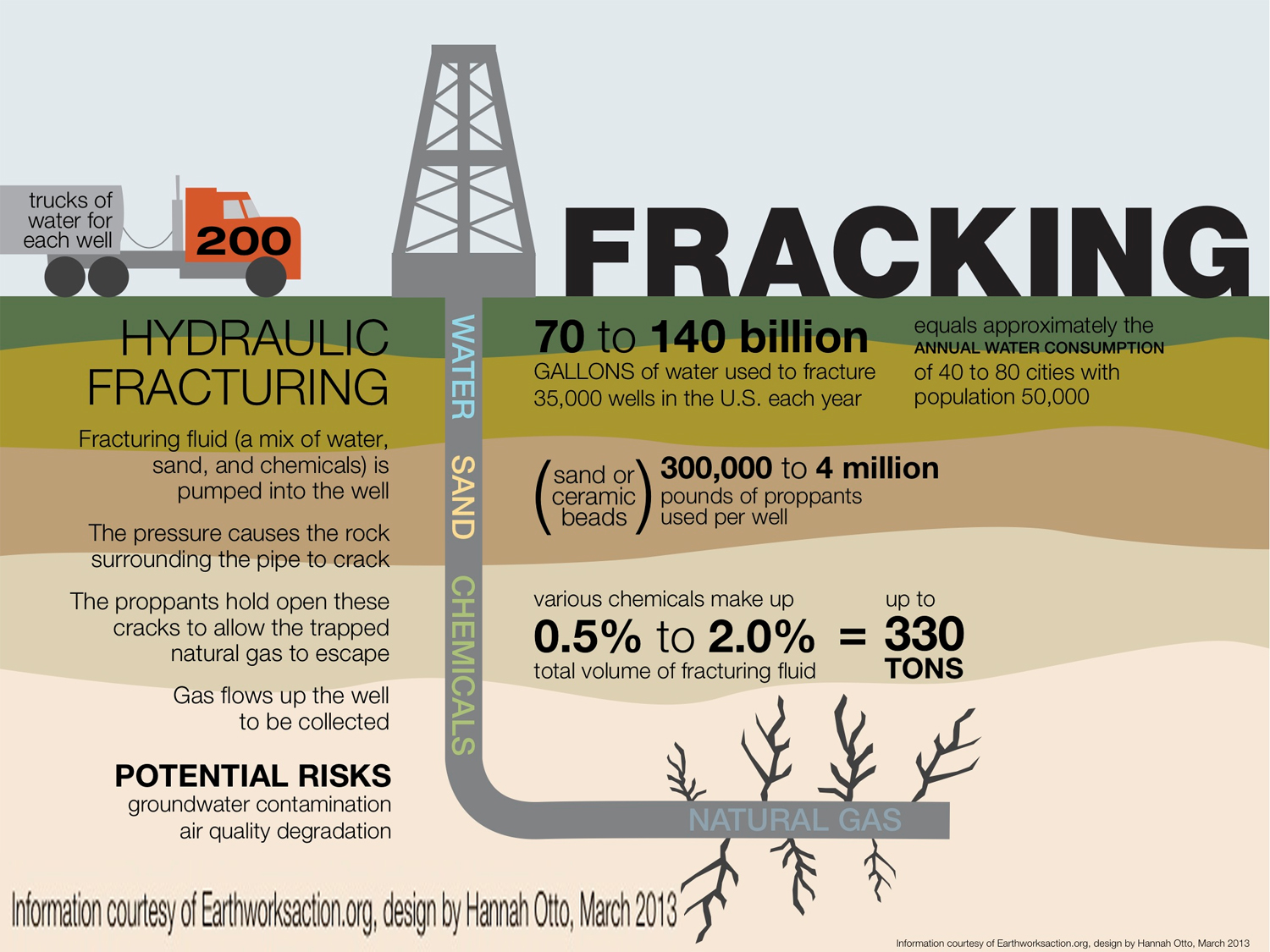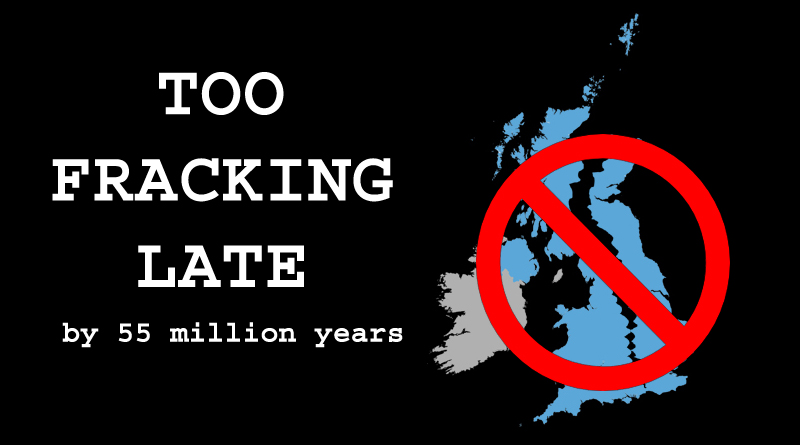FRACKING IN UK WILL NOT WORK
The UK’s geology is unlikely to be suitable for hydraulic fracturing, research by a Scottish university has discovered.
Professor John Underhill, Chief Scientist at Heriot-Watt University, revealed that while opponents of fracking continue to focus on the environmental impact of this method of oil and gas extraction, the geology of the simply UK doesn’t support it.
Professor Underhill explains: “Both sides of the hydraulic fracturing debate assume that the geology is a ‘slam dunk’ and it will work if exploration drilling goes ahead. Public support for fracking is at an all-time low of 17% based, in the main, on environmental concerns but the science shows that our country’s geology is simply unsuitable for shale oil and gas production. The implication that because fracking works in the US, it must also work here is wrong.
“For hydraulic fracturing to be successful, a number of geological criteria must be met. The source rock should have a high organic content, a good thickness, be sufficiently porous, and have the right mineralogy. The organic matter must have been buried to a sufficient depth and heated to the degree that the source rock produces substantial amounts of gas or oil.
“However, in locations where fulfilment of some of the criteria have led to large potential deposits, uplift and the faulted structure of the basins are detrimental to its ultimate recovery. Yet, the only question that has been addressed to date is how large the shale resource is in the UK. The inherent complexity of the sedimentary basins has not been fully appreciated or articulated and, as a result, the opportunity has been overhyped.”
The UK uses over 65 billion cubic metres of gas to heat 80% of its 25 million homes and generate around a quarter of its electricity every year. While efforts to move towards renewable energy sources like wind and solar continue, the demand for gas is likely to remain high for the foreseeable future.
While the UK’s gas supply was self-sufficient until 2004, indigenous production has declined to just 45%, leaving a precarious shortfall, topped up with European pipelines and LNG deliveries, primarily from Qatar Seismic data and geological map of UK record the tilt.
Conventional gas exploration in the North Sea is unlikely to reverse the current situation, which is why many argue that the UK should consider all options, including onshore shale gas, citing success in the US and Centrica’s impending decommissioning of the UK’s main gas storage site in the southern North Sea likely to make the country more reliant on imports to meet demand.

The most successful US shale areas, like the Marcellus, Barnett and Haynesville plays all lie at present day depths and temperatures that mean they are ready to expel their oil and gas when fracked. They occur in relatively stable, undeformed intracratonic areas away from the edges of active tectonic plates. . These primarily consist of foreland basins, which form adjacent to mountain belts, or extensional sag basins, both of which have continuous layers of rock with only gentle dips and few fractures or major faults. Their gentle dip and relatively undeformed state aids subsurface imaging, gas and oil detection and the directional drilling needed for shale exploration.
Professor Underhill continues: “The seismic data and geological map of the UK shows a very different picture. A significant tilt affects the UK, which was initiated by active plate margin forces over 55 million years ago due to an upward surge of magma under Iceland and the subsequent formation of the Atlantic Ocean. The latter led to buckling of precursor sedimentary basins against the stable tectonic interior of continental Europe, including those considered to contain large shale resources.
“Areas that were once buried sufficiently deeply with temperatures at which oil and gas maturation occurs, lifted to levels where they are no longer actively generating petroleum. They have also been highly deformed by folds and faults that cause the shales to be offset and broken up into compartments. This has created pathways that have allowed some of the oil and gas to escape.”
Professor Underhill cites three potential fracking sites to illustrate the issue – the Weald basin in southern England, the Bowland Shale in Lancashire and the West Lothian Oil Shale in Scotland.
The Weald basin of southern England was a major area of sedimentary deposits in the Cretaceous, (the period between 65m and 135m years ago) but was subsequently deformed into a major anticlinal arch – a type of fold that is an arch-like shape and has its oldest beds at its core. The margins of this tectonic fold are particularly well defined since they are marked by the steeply dipping chalk ridges that form the North and South Downs in south-east England.
Other basins believed to contain commercial shale gas, like the Bowland Shale in Lancashire and West Lothian Oil Shale in Scotland, went through an additional period of deformation about 290m years ago. This has further compounded their structural complexity.
Professor Underhill concludes: “There is a need to factor this considerable and fundamental geological uncertainty into the economic equation. It would be extremely unwise to rely on shale gas to ride to the rescue of the UK’s gas needs only to discover that we’re 55 million years too late.”

